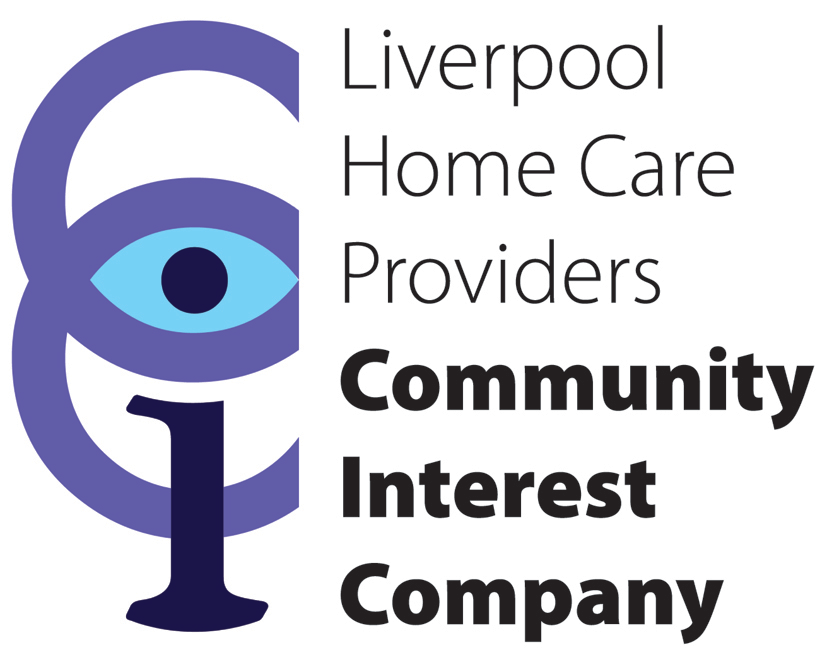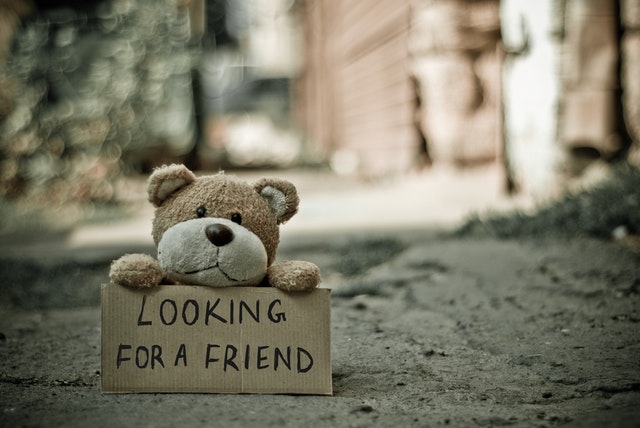All of us, experience loneliness at some point in our lives. But for most of us its something that is not usually endured day after day. Imagine if it was?
Age UK estimate there are some 3.6 million older people living alone in the UK today with over 2 million aged 75 and over. The Campaign to End Loneliness also estimates that across the UK there are as many as 9 million people who experience or identify as being lonely. When we know that loneliness is fast becoming the single biggest health epidemic in the UK that is not determined by age, gender, culture or background, why are we not doing more as a society to tackle it.
So detrimental is loneliness to our health it is now estimated that it is the equivalent to smoking 15 cigarettes a day and can be a cause of coronary heart disease. As the effects of passive smoking are well documented so too, are we, now starting to understand the health inequalities and impacts of loneliness.
Social relationships are fundamental to good health, the relationships we have and the range of social networks we enjoy, all impact on our physical and mental health. It’s also important to understand the distinction between isolation and loneliness. Age UK defines Isolation ‘as a separation from social and/or familial contact, community involvement or access to services, while loneliness can be understood as an individuals personal, subjective sense of lacking these things.’ It is, therefore, possible to be isolated without being lonely, and to be lonely without being isolated.
Interventions which combat social isolation and loneliness are essential if we are to reduce the associated health inequalities. We know that social isolation is common amongst men who live alone and is thought to be one of the factors behind the higher rate of suicide in men over 75. We also know that when we experience poor health that it can lead to feelings of loneliness. Loss of mobility, hearing and sight loss can all impact on our social mobility and our ability to lead an active life. It is hard to imagine spending each day alone with no one to talk to when you are active in every sense, including economically. But imagine how different life would be if circumstances changed and everyday you got up and went to bed at the end of the day with nothing more than a TV for company.
Sadly, for many who face isolation and loneliness every day, they experience just that. I know that as we start to head towards Christmas, I will start to feel a sense of frustration as the Christmas adverts appear which will remind us that someone over Christmas will be feeling lonely. Loneliness and isolation are not conditions limited to the festive period, it’s a social epidemic that pays no attention to who you are or what time of year it is. It’s a real issue which is starting to have a stranglehold on our society and impact on health and social care services. Funding for Interventions to tackle loneliness and social isolation need to be stepped up and there needs to be an acknowledgment that it is a shared responsibility across a wide range of stakeholders. If we fail to temper the epidemic, the health inequalities will only grow wider, placing even greater pressure on health and social care services, which barely cope now. I argue we can’t afford to ignore this and if we do, we risk the consequences. At a time where our economic future is uncertain can we really afford to run the risk?





